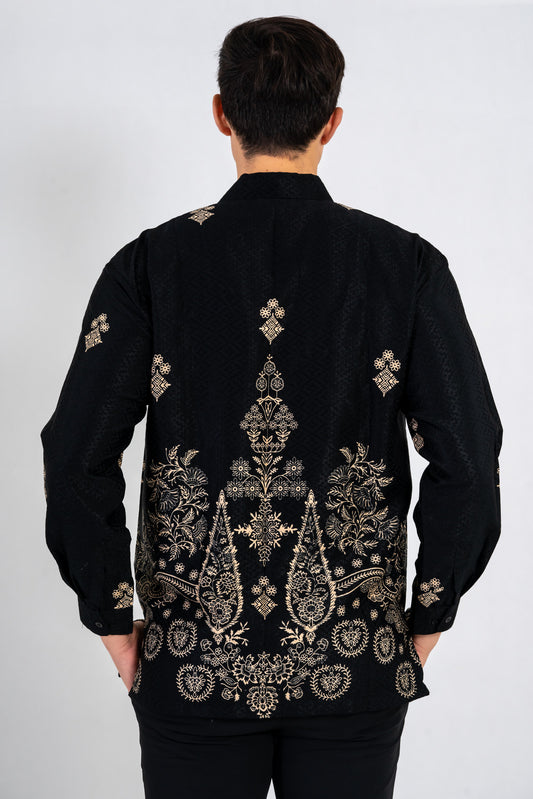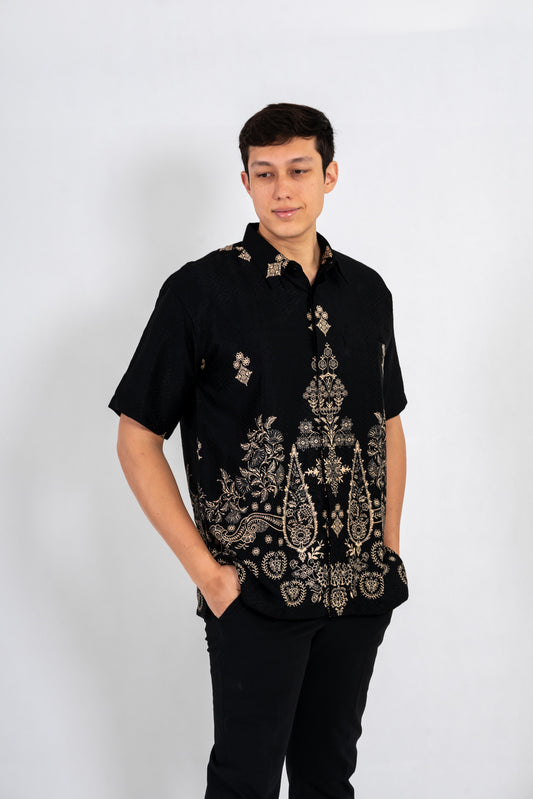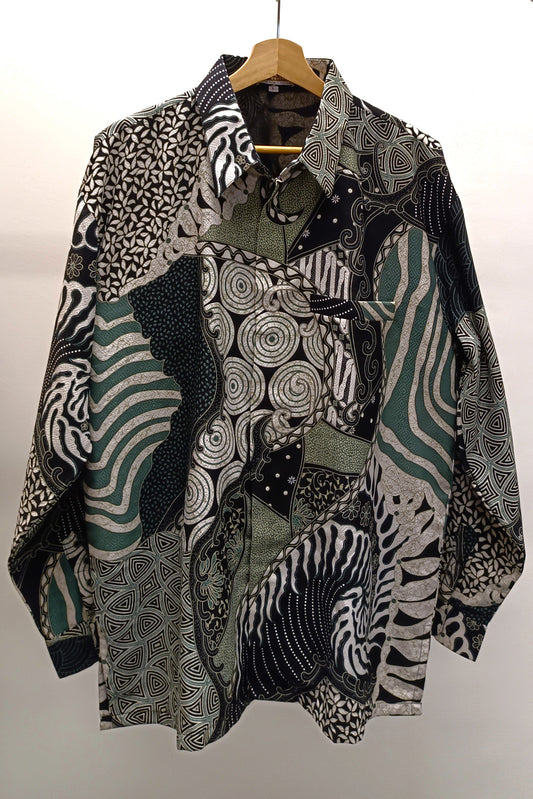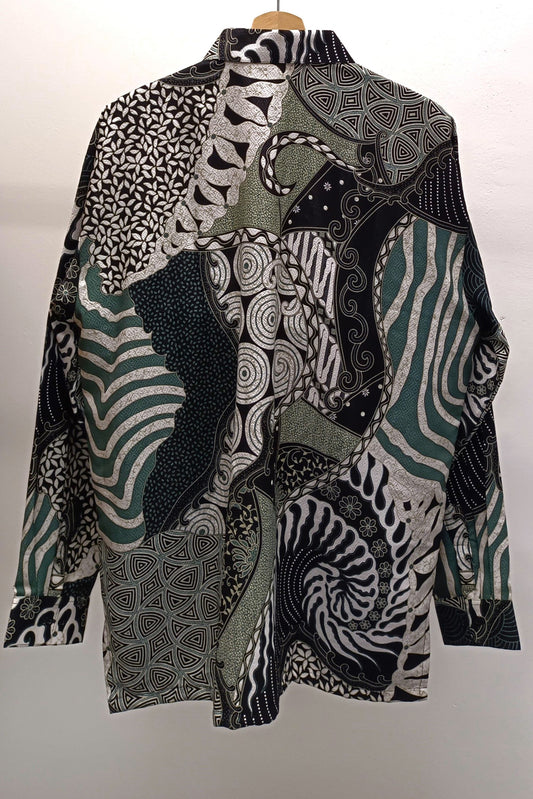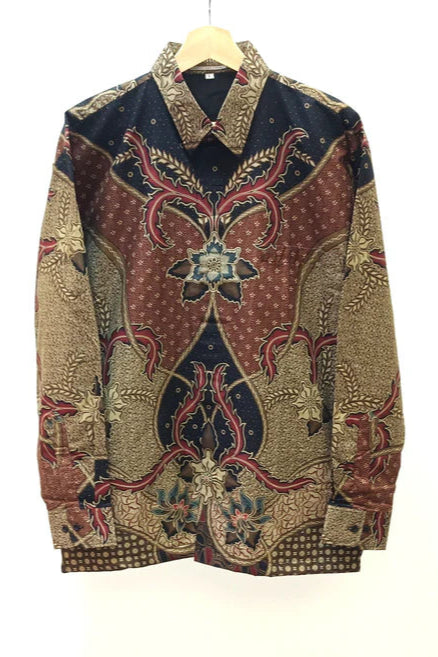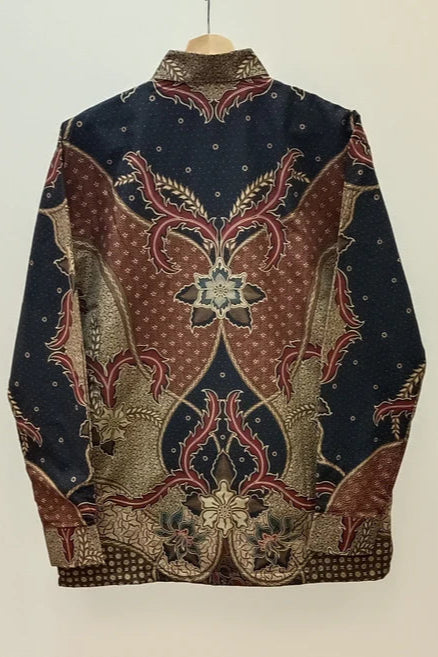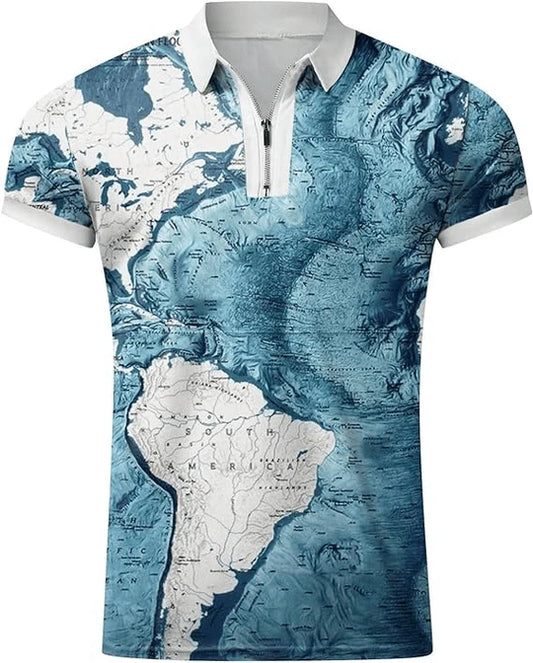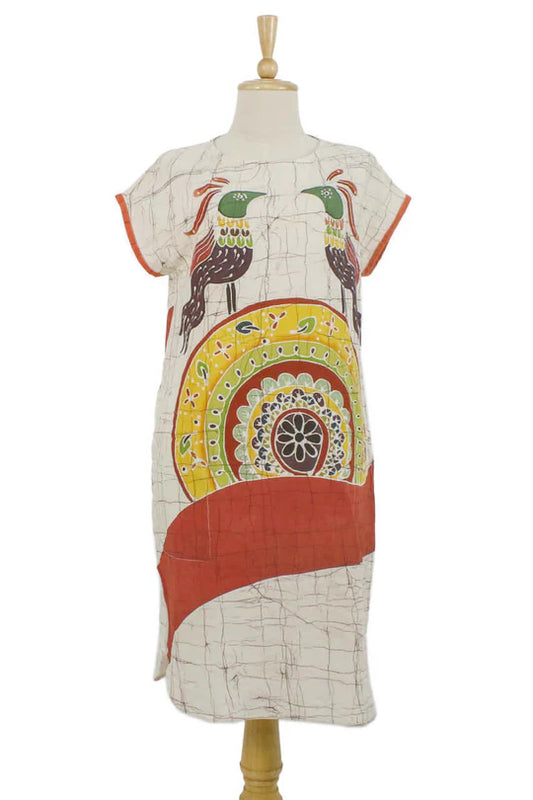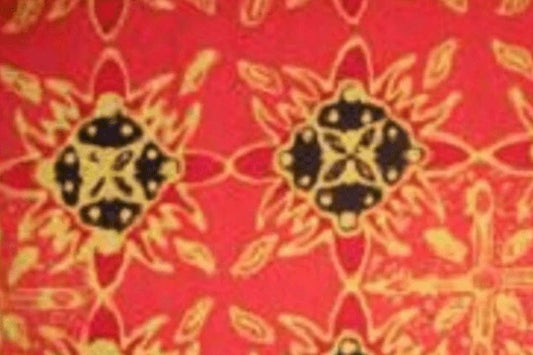The ancient textile craft of batik has been utilized by several cultures worldwide. Batik crafts have a long and illustrious history in Thailand and are still a significant component of the nation's cultural heritage. Thai batik has established itself in international art and fashion scenes with traditional patterns and modern developments. The extensive tradition of Thailand batik and its significance will be discussed in this essay.
Introduction
In batik art, wax is used to cover fabric dyed to produce elaborate patterns and designs. Thai Batik, Indonesian Batik, Cambodia Batik, Brunei Batik, Singapore Batik, Vietnam Batik, and Batik Malaysia have long practiced it. Thai batik has a long history and is a significant part of the nation's cultural heritage. Thai batik arts are renowned for their complex patterns, vivid colors, and distinctive themes, suitable for many categories of clothes, such as batik shirt, batik blouse, dress, etc. If you travel to Thailand, visit a clothing shop, discover Thai crafts, and feel.
The Development of Batik Arts and Crafts in Thailand
Thailand's history with batik begins with the Ayutthaya era, which lasted from 1350 to 1767. Batik was used mainly by the royal court during this period and was imported from China and India. Batik garment making production started in Thailand in the 19th century but swiftly became a well-liked local specialty. Here are a few examples of the cultural and creative movements that have influenced the development of Thai batik craft:
- Traditional Thai textiles
- Indian batik
- Chinese embroidery
Significant Figures and Movements in Thai Batik
Several significant individuals and movements have influenced the evolution of Thai batik. King Rama VI founded the Royal Academy of Drawing and Painting at the start of the 20th century, which assisted in educating a new generation of designers and artists. In the 1960s, Kamol Tassananchalee established the Thai Craft Center and was one of the most significant Thai batik painters. His creations brought Thai batik to new heights of refinement by fusing traditional Thai themes with modern art.
Characteristics of Thai Batik Craft
Materials and Techniques Used in Thai Batik Clothing
Typically, cotton or Thai silk fabric is used to create Thai batik, cleaned and bleached before the wax is applied. Beeswax is generally used to make the wax. However, paraffin or other materials can also be used. The wax-covered regions of the fabric retain their natural color while it is successively colored. After the last dyeing, the detailed design is revealed in cloth when the wax is removed with hot water or another solvent.
Color Palettes and Design Images in a Thai Batik Shirt
Thai batik is renowned for its vivid, intense hues, which are frequently drawn from nature. Deep red, gold, green, and blue are typical hues. The design themes are also influenced by nature; floral and animal motifs are trendy. The garuda bird, lotus blossoms, and other traditional Thai symbols are also frequently employed.
How Thai Batik Differs from Other Batik Styles
Thai batik is distinctive in its use of color and design while having certain parallels to other batik designs. While Indonesian batik frequently uses more subdued colors, Thai batik is recognized for its vivid and robust hues. Thai batik has distinctive design motifs that emphasize natural elements and traditional Thailand symbolism.
Thai Batik in Fashion and Art
Thai Batik in the Fashion Industry
Thai Batik has been a significant player in the fashion sector for many years. Thai Batik fabrics are known for their breathtaking and intricate designs, which have been used to make exquisite clothes and accessories highly sought after by fashion fans worldwide.
Thai Batik is frequently employed to make fashionable Thai Batik clothes, such as:
- Dresses
- Sarongs
- Batik blouses
- Skirts
- Scarves
- Other batik collections
Thai Batik fabrics are popular for home design products like tablecloths, curtains, and pillow covers, in addition to being used for garments collection.
Thai Batik in Art and Textiles
Thai Batik patterns in modern art and textiles have gained popularity in recent years, especially in Bangkok textiles. Artists and designers are experimenting with new techniques and adding contemporary motifs and colors to create distinctive, eye-catching creations.
Making wall hangings and tapestries with Thai Batik is one of the most intriguing uses of the technique in art. These substantial, detailed pieces complement any area and display the vivid hues and patterns of Thai Batik fabrics.
The Influence of Thai Batik on Other Art Forms
Thai batik has also influenced various types of art, including jewelry, ceramics, and sculpture. Modern adaptations of traditional patterns are being created using the distinctive designs and motifs of Thai Batik, resulting in an interesting blend of the old and the contemporary.
Contemporary Thai Batik
In Thailand, traditional textile techniques like batik have seen a rise in popularity in recent years. Young designers and artists are embracing the rich cultural tradition of Thai Batik as they experiment with new methods and styles.
Using natural dyes is one of the most intriguing breakthroughs in modern Thai batik. Several modern designers utilize natural dyes made from plants and other organic materials instead of the synthetic dyes traditionally used to color batik garments. This results in creating distinctive color schemes and textures and more environmentally friendly and sustainable textiles.
The use of contemporary design components is another trend in Thai batik today. While contemporary designs could incorporate more abstract patterns and shapes, traditional Thai Batik designs frequently incorporate floral and geometric motifs. To develop fresh textures and finishes, designers are experimenting with other textiles, including cotton, linen, and silk.
Preservation and Promotion of Batik in Thailand
Efforts to Preserve Traditional Batik Techniques in Thailand
The rich cultural history of Thai Batik is being preserved and promoted by several organizations and individuals. These organizations seek to teach emerging artists and designers the traditional Batik techniques and support them in developing new abilities and inventions.
Organizations and Individuals Promoting Batik in Thailand
The Queen Sirikit Museum of Textiles in Bangkok is one such institution. Thai Batik fabrics and other traditional textiles worldwide are on display in the museum. Additionally, it offers educational programs and workshops to inform visitors about the processes required to make these textiles.
The Support Arts and Crafts International Center of Thailand is another organization whose mission is to uphold and spread awareness of traditional textile skills. The group aids in the domestic and worldwide marketing of designers' and crafts people's goods while offering training and support.
How to Preserve and Promote Traditional Textile Techniques of Thai Batik
Thai batik promotes and preserves traditional textile techniques both in Thailand and abroad. By helping these groups and people, we can ensure that the rich cultural history of Thai batik endures and develops for upcoming generations.
Conclusion
In conclusion, Batik is a distinctive and colorful type of clothing and art that has attracted the interest of individuals all over the world. Batik of Thailand is priceless to Thailand's artistic legacy because of its lengthy history, many cultural influences, and distinctive features.
Batik of Thailand has survived and even flourished in the contemporary world despite difficulties such as competition from mass-produced fabrics and changes in consumer preferences over the years. This is partly thanks to Thai people and organizations that work hard to promote and maintain traditional batik production methods.
Batik of Thailand will undoubtedly continue to gain relevance in the global art and fashion industries as more people worldwide become aware of its beauty and worth. Thai Batik is a true treasure with its vivid colors, creative designs, and rich cultural roots that should be honored and maintained for future generations. Kala Official is an online seller that is pleased to provide a variety, different patterns and different sizes of genuine Thai Batik shirts and dresses that are produced by talented artists in Thailand for those who want to experience the beauty and craftsmanship of Thai Batik for themselves or as gifts with reasonable price.



